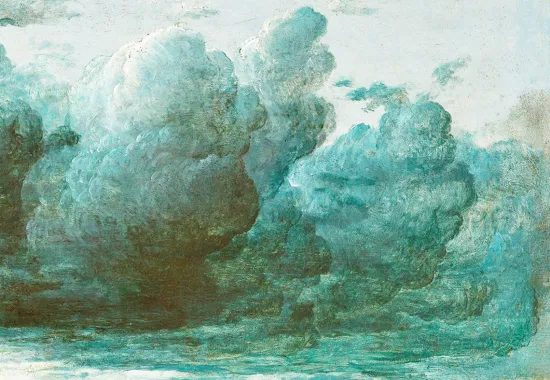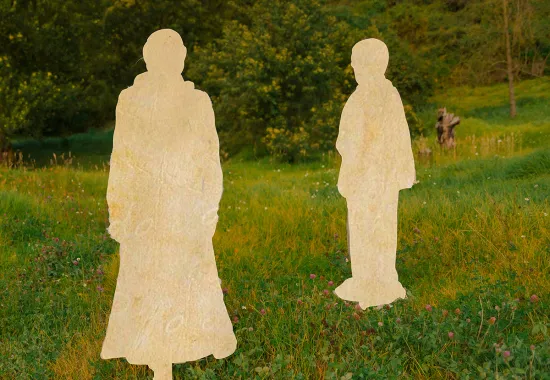Guernica
Like war itself, the painting will swallow you.
Eleven by twenty-five feet, a monster mosaic
made up of newsprint blacks, whites and grays.
Welcome to the new normal with the blitzkrieg.
Cubist that he was, Picasso rendered the news
in unreadable fragments to mark that April
afternoon in 1937—Monday and a market day—
in the first city to be targeted by bomber aircraft,
which killed some sixteen hundred, mostly women
and children, while the men were off fighting
on the frontlines. How the spattered images knife
the message home to unveil the insane face of war.
On the left, below the drunk-eyed Minotaur-like bull,
let your own eyes fix upon that two-thousand-year-on
Pieta, a mother’s head thrown back as she howls
the inconceivable loss of her dead baby. To the right
a gored horse, as in a bullfight all gone wrong,
the beast’s scream, silent as it seems, echoing
the mother’s cry. Then too the cries of three
other women, one wounded and dragging
her leg, one trapped inside a house as the flames
lick all about her. And another, a disembodied head
holding a lamp to keen the truth, unlike that electric
eye bulb that illuminates the Nada of it all.
At the base of the mural lies the mutilated body
of a soldier, eyes askew in death, one hand open
to whatever, the other still clenching a broken
sword, with a flower springing from it.
Note too the human skull somewhere in the mesh
of jumbled abstract screaming images, and the dove
midway between the bull and horse, perhaps a symbol
of the Holy Ghost, though it too cries out in anguish here.
Pilgrim, viewer, what shall we make of all of this?
German bombers over Poland two years later, then
England’s cities. Then Dresden, Tokyo, Hiroshima,
and on and on as the the broken scroll of history unfolds.
Recommended
Psychic Numbing
Wolf Lichen
Intimate Cartography






